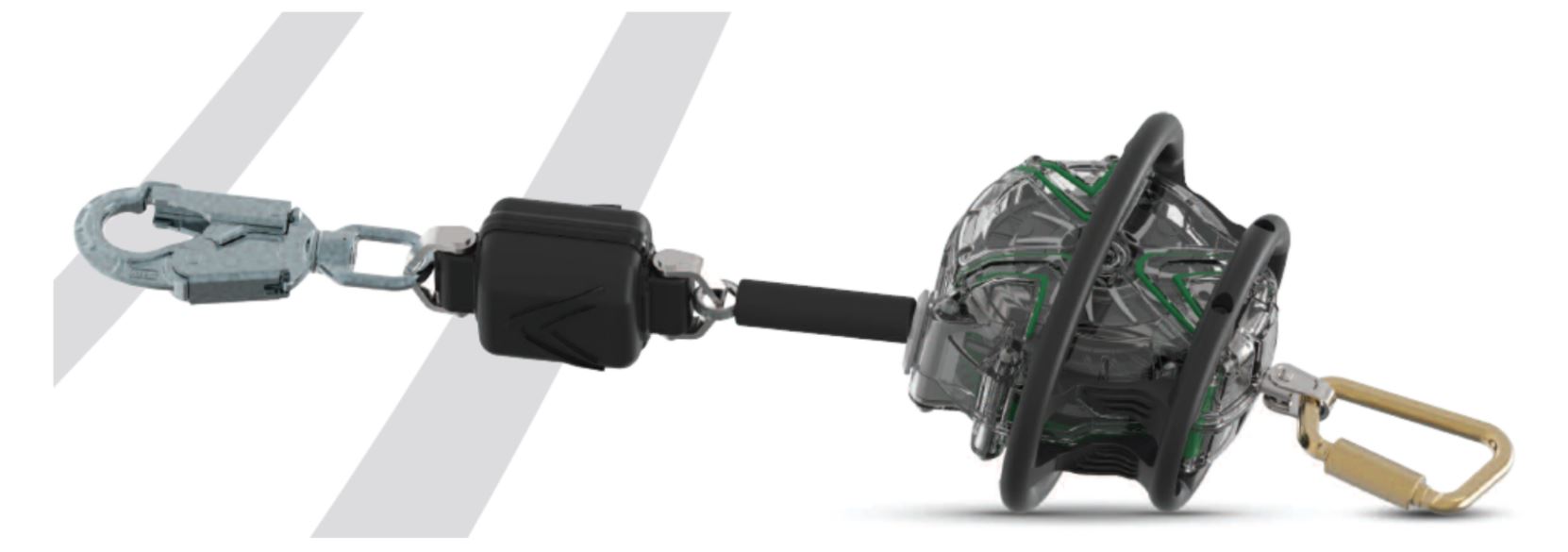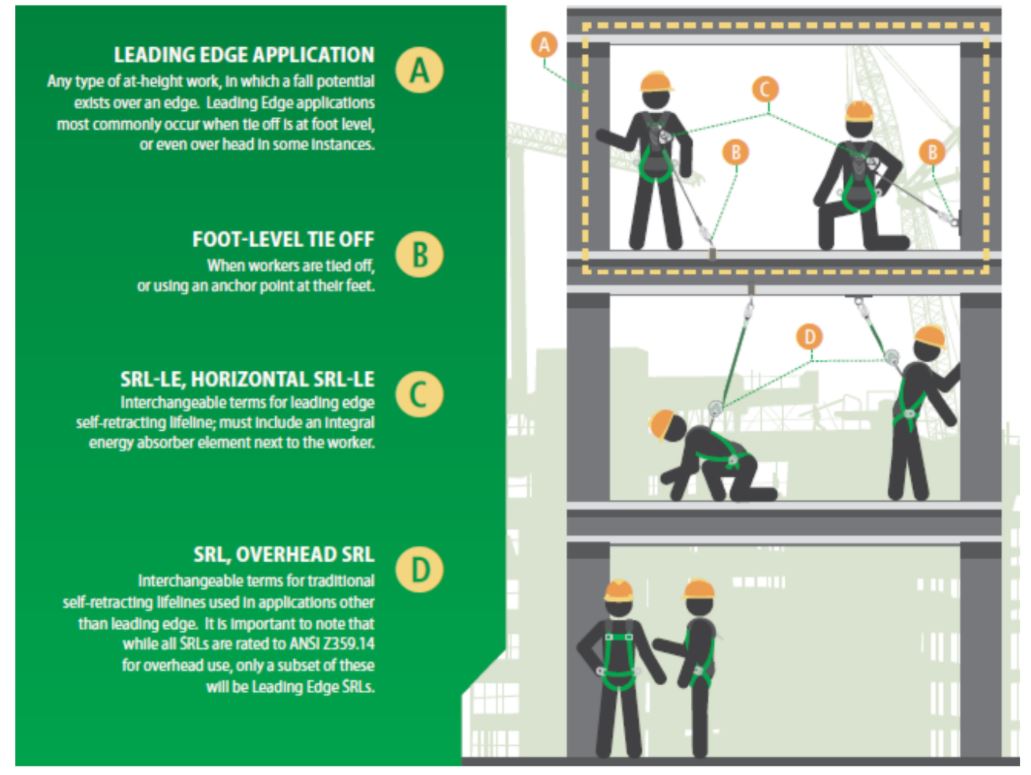MSA V-EDGE Self Retracting Lifelines advanced safety

With the increased awareness around working at height, the introduction and use of Self Retracting Lifelines (SRL’s) as a means of effective anchoring and work positioning has also increased. But with this improved awareness comes an assumption that all fall protection products are equal as far as addressing the multiple risks found in the workplace.
Manufacturers, Product Testing Facilities and Certification/Standards Organisations’ around the world have been re-examining how SRL’s in fall protection systems perform across a wider variety of applications and orientations, particularly when subjected to sharp edge and leading edge environments. What has been identified is that “leading edge“ presents unique hazards to workers at height due to the hgh potential for lines to become damaged and compromised and the increased potential for swing fall. There is also the risk when workers are attached at foot level they will fall further than they would if anchored at shoulder height or directly overhead increasing issues around fall clearance.
Most SRLs are designed to be mounted to an overhead anchorage point. However, there are certain applications where an overhead anchor is not available, so it is not uncommon to see SRLs used horizontally. But not all SRLs are tested or designed for use in the horizontal plane.
In identifying the “leading edge” risks, manufacturers have re-designed SRLs to work with ground level anchors by engineering extra features to compensate for the changes in the dynamic of the fall and mitigate the increased dangers associated with the change in operational use.
SRL’s react to a fall when the lifeline accelerates out of the housing at a certain velocity. When SRLs are anchored at foot level, the lifeline may not achieve the required acceleration during the fall to activate the braking mechanism until after the users D-Ring connection passes over the leading edge and they fall below the level of the anchor. This means the user may already have fallen more than 1.6m before the SRL engages and arrests the fall.
Falling further means the impact on the body will be potentially higher when the fall is arrested. This is why leading edge rated products utilise an additional external energy absorber to ensure the forces on the body remain under 6kN.
As mentioned earlier, whilst orienting the SRL on the horizontal and off to one side of the anchor, a fallen worker may swing like a pendulum. Whilst this in and of itself is dangerous, the danger is amplified if the lifeline is extended over a sharp edge and the cable saws back and forth across this edge. If the lifeline bends 90° around the sharp edge of formwork, concrete, or other work surface during a fall, the amount of force generated by the fall arrest can be enough to cut through the lifeline of a standard “overhead” SRL.
Whilst industry has worked to address the risks associated with leading and sharp edge environments, EN and ANSI Standards Organisations’ have worked to determine certain criteria to define the characteristics of these work areas. Through testing and analysis, they have confirmed a number of factors, including the notion that the use of traditional overhead SRLs anchored at foot-level will see forces generated in excess of the engineered safety parameters of the traditional overhead SRL device.
As a result, Leading Edge SRLs have been developed to comply with these new Standards and address the potential risks associated with
leading edge and sharp edge applications. These enhancements include utilising cable and webbing with greater strength and wear-resistance properties and specialised energy absorbers and impact indicators to positively identify equipment that has been exposed to a fall.
It is important never to just assume a product is fit for purpose, and to always check the manufacturer’s instructions or contact them directly to determine if the SRL can be used horizontally.
A key advantage in adopting Lead Edge technology when specifying working at heights PPE is the versatility this type of engineering offers. Managing the correct use of equipment on site can be complicated, especially when work locations do not necessarily allow for access to overhead anchor positions.
Rather than run the risk of workers connecting standard SRLs to incorrect anchor points and introducing new hazards to the existing work area, utilising a Leading Edge SRL allows for horizontal and vertical applications, removes the need for the close monitoring of PPE use and stronger administrative controls and creates an opportunity for a more complete management of working at heights and edge interactions.

MSA’s V-EDGE SRL has been designed to be used in horizontal, overhead, and leading edge applications, taking the guesswork out of equipment selection. We have introduced product features in the design to enhance user experience and the lifespan of the product including the retraction-dampening feature which controls the rate of lifeline retraction speed, preventing unwanted damage to the unit, and maximising product longevity.
